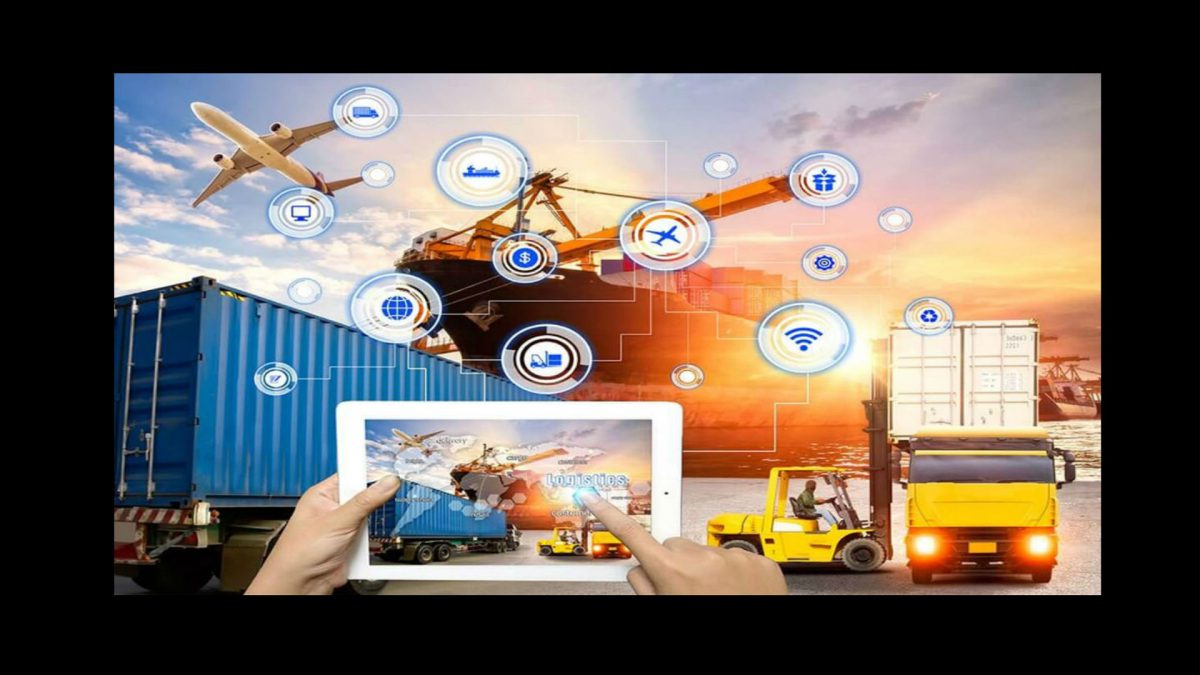The advancement of technology over the last decade has altered the course of all enterprises. Many industry sectors underwent significant shifts. The operations, which previously took two hours to accomplish, are now finished in half of the time. Not only has production improved dramatically, but so has product reliability and servicing speed. Enhanced technologies have increased supply chain productivity. When all of these elements are considered together, the result is a reduction in production costs and increased inefficiency.
According to different sources, the growth of the market in the logistics industry, which is now valued at $250 billion, is expected to drive India’s logistics sector to develop at a CAGR of 10-12 per cent. The transportation and logistics industry, like many other industries, has seen significant technological breakthroughs in the recent decade. These developments assist the whole logistics business, including trucking transportation, manufacturing, multimodal shipping, supply chain management, and cargo monitoring.
Here are some of the most significant new age technological innovations to adopt for advancing in the Logistics sector.
Process Automation
Automation is the process of using data-driven software to increase a machine’s operating efficiency in order to obtain maximum production and the maximum suited accuracy. Automation has made significant advances in the logistics business, from enhancing package labelling to optimizing warehousing processing systems to facilitating speedier delivery. It is thought that Logistics Transport Companies that implement automation sooner would be more likely to contribute to the logistics industry in the future.
However, there is also another side to automation. Many individuals are losing their employment as more logistics companies begin to use automation due to its better output and accuracy. This may lead to socioeconomic inequality in society.
Drones are entering the present logistics sector
Drones offer a wide range of potential applications in the logistics business, including storage and consumer deliveries. Drone services have the ability to deliver things quickly in densely populated, congested, and rural locations. Furthermore, this will help with reducing traffic congestion, which will, in turn, reduce the number of accidents. It is also claimed that reducing traffic will help to reduce air pollution. Drones are being adopted as next-generation technology by both global logistics transport corporations and start-ups. Leading logistics service providers have recently completed drone trials, and it is predicted that they will commence full-fledged drone delivery in the coming days.
Introduction of Robots for Process Automation
Robots, as opposed to automated machines, are meant to do jobs similar to those performed by humans. It mimics a human being and performs certain human gestures and activities. As a result, its applicability in the Logistics business is limitless. Because of the increasing growth of the e-commerce industry, it has become necessary for logistics service providers to boost the performance and effectiveness of overall e-commerce processes. Robotics would be an excellent choice to play a pivotal role in this regard.
The world’s largest logistics service providers and supply chain organizations have already included robotics in their transportation and distribution networks. The robots execute a task that normally takes people 70-80 minutes to finish in 20 minutes.
Furthermore, robots have decreased the organization’s overall production costs by 20% while increasing output by 25-30%.
On-demand Delivery Services
Another key factor influencing the Logistics service industry is on-demand delivery. In the food sector, on-demand delivery services were developed to bring items from restaurants to customers’ homes. However, it soon made its way into the Logistics industry as well.
Using On-Demand Delivery (ODD), Logistics service providers can provide receivers with a variety of flexible delivery options, such as selecting the delivery location and time. In other words, clients have the option of directing when or where the logistics provider delivers the parcel. On-demand services have grown in popularity in a short period of time as a result of their flexibility.
Internet of Things (IoT)
The internet of things (IoT) is a technology that connects physical objects to internet-enabled systems and devices in order to send data across a network without the need for human intervention. IoT gathers more sophisticated data and employs more in-depth expertise for all parties involved in the supply chain. The logistics business employs IoT services in a variety of ways. IoT plays a vital role in guaranteeing the safe delivery of shipments to recipients, as well as using meteorological sensors to manage supply-chain quality control. Some Logistics Transport Organizations have integrated Internet of Things (IoT) technologies.
Bulk or crowd shipping
It is a delivery model that uses person-to-person (P2P) delivery. Crowd shipping does not necessitate the use of processing facilities or a fleet of vehicles and service personnel. It can also be readily scaled. Crowd shipping also referred to as crowd logistics, is a low-cost service when opposed to older logistics services for the same reasons.
Automated vehicles
A decade ago, self-driving or automated cars were a pipe dream for us. However, it is already a reality! Automated or self-driving automobiles are expected to not only transport shipments efficiently and on schedule, but also to reduce the number of accidents.
GPS Technology
The logistics business has also been transformed by GPS technology. We can now get everywhere faster and with fewer efforts thanks to GPS technology. There is no doubt that GPS precision has greatly increased in recent years.
The logistics service provider might use GPS to determine the exact delivery or pick-up location, as well as get accurate navigation with real-time traffic and other information. This would enable the logistics service provider to give better and faster service with no delays or harm.
Summing up
As these innovations continue to influence the global logistics business, we should expect considerable changes and optimization across the supply chain – from manufacturing to warehouse operations to distribution. Although we are unsure about the long-term impact of these developing technologies, we are confident that logistics transport businesses that transition to these technologies as soon as possible would reap more benefits.
